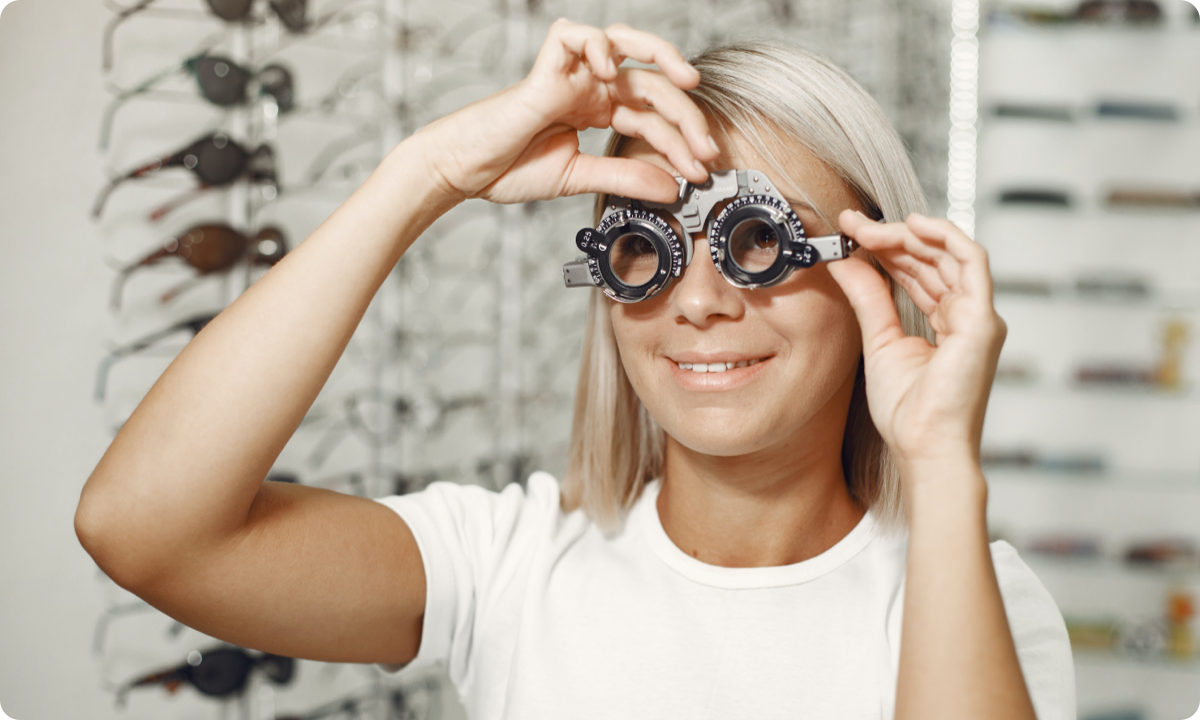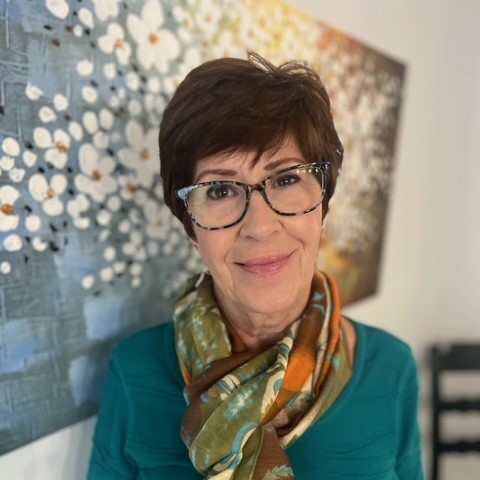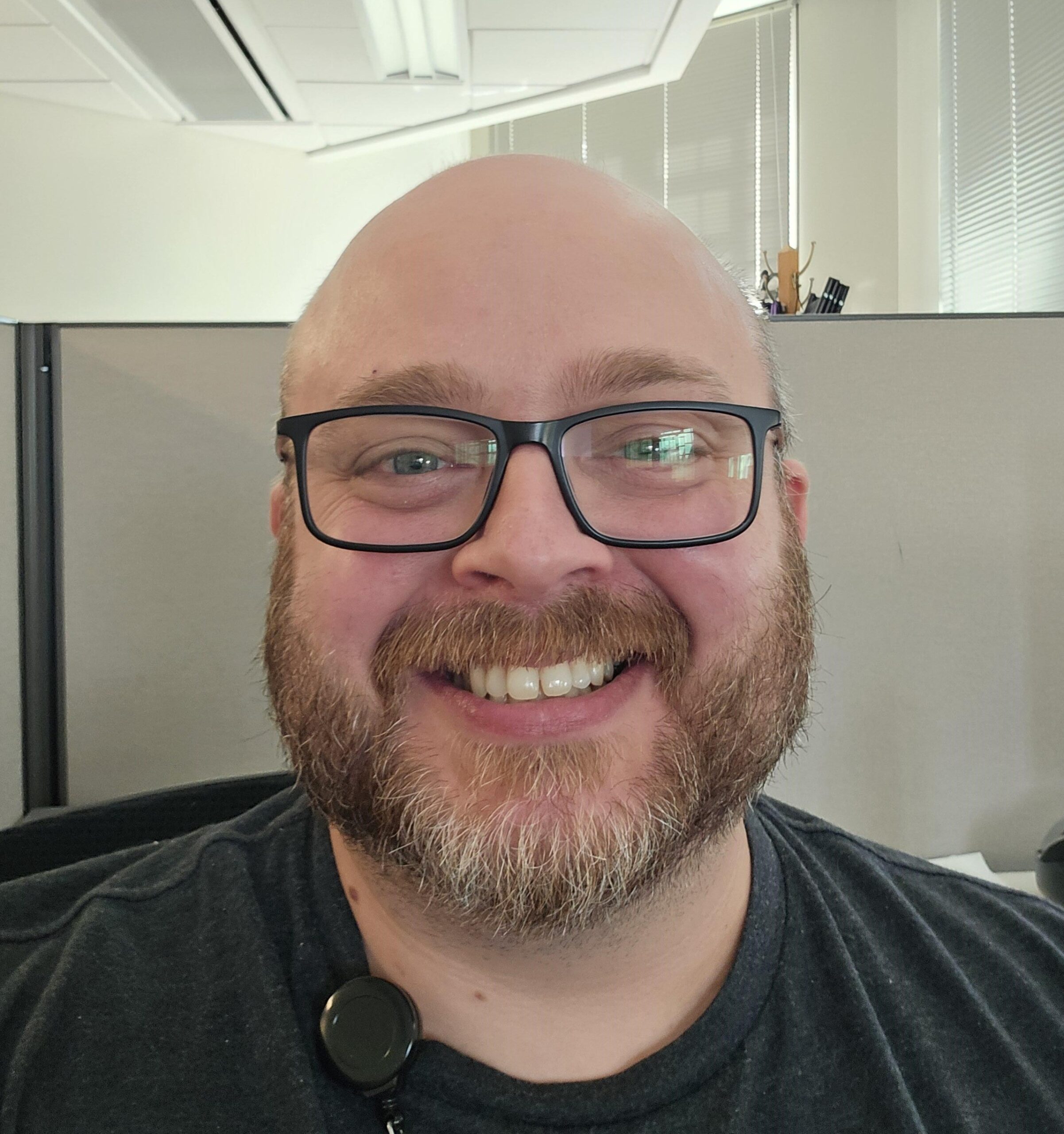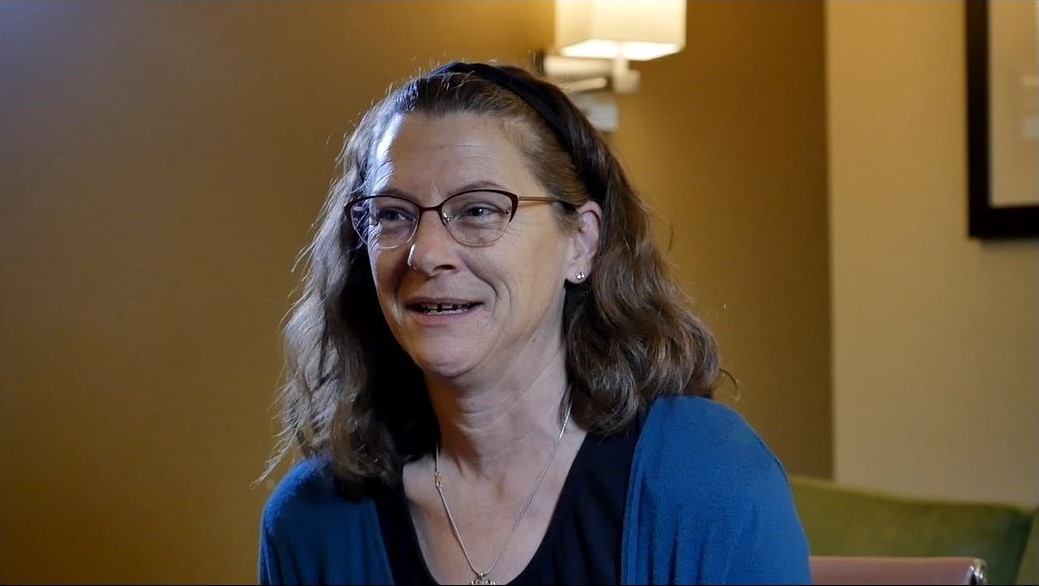The Z-Bell℠ Test:
A Breakthrough in Eye-Ear Testing
The Z-Bell℠ Test:
A Breakthrough in Eye-Ear Testing
A simple, quick-and-easy examination developed by the founder of the Mind-Eye Institute, Deborah Zelinsky, O.D.
Eyes and Ears – Like an Orchestra in Sync
Just as with eye-hand coordination, integration of vision and sound – eye-ear connection – must be developed. If the two senses are out of sync, a person can experience difficulties in academics, social situations and activities such as sports.
Balance between vision and hearing is necessary for a person to learn letter sounds, for example, while applying those sounds to the words they see on a page. In social situations, a person can better understand what another is saying – and meaning — by watching body language and facial expression. Autistic patients cannot discern the nuances of a joke because they simply listen. They do not connect sound and vision, because the environment around them is too confusing.
A student whose eyesight is more sensitive than his or her hearing may be easily distracted by activities and moving objects in the environment and unable to concentrate on what the teacher is saying. People whose peripheral vision is not sufficiently “tuned in” may have to turn their head before finding what is causing a certain sound.
A person can have sharp hearing and 20/20 central eyesight, but if the senses are not integrated and the brain is impaired, then the entire neurological system becomes like an orchestra without a conductor. Each musician may be quite talented with his/her learned instrument, but they must play in sync. If they are moving through the composition at different speeds, the result is noise – not music.
Standardized eye and ear tests check eyesight and hearing separately but fail to determine whether they are properly integrated.
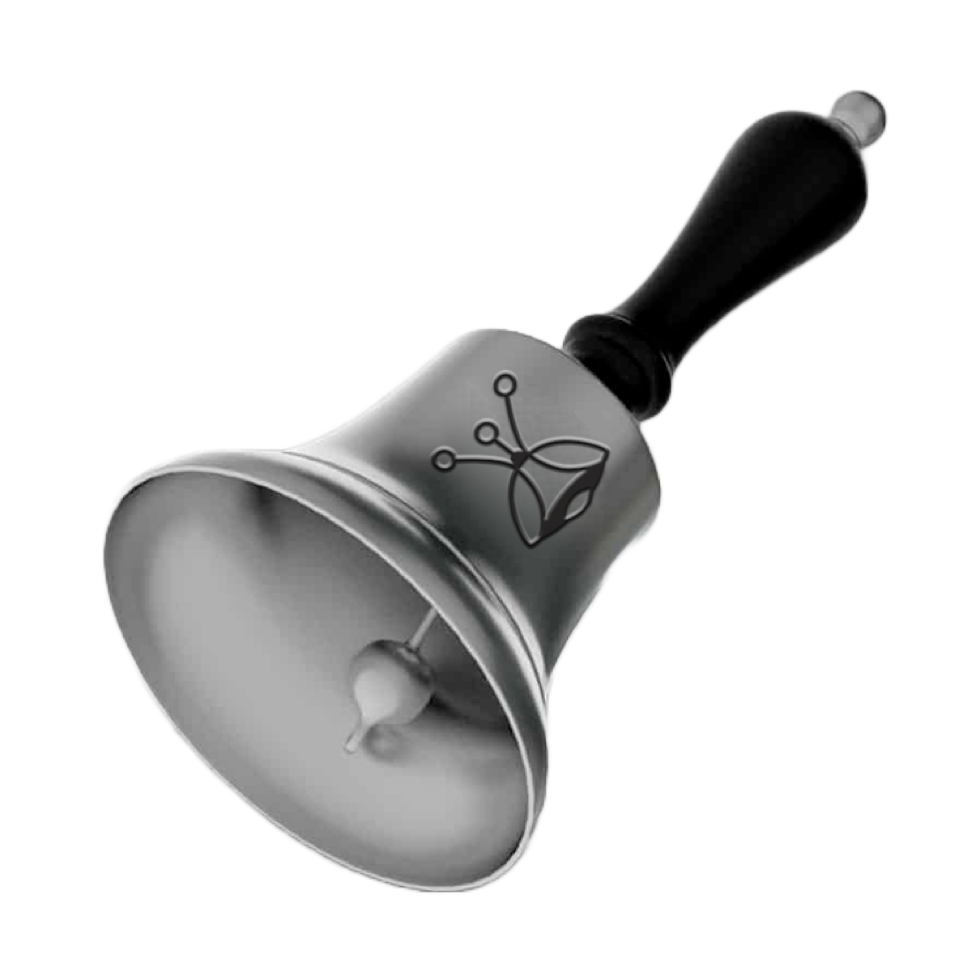
A Breakthrough in Eye-Ear Testing
Thanks to the efforts of its founder, Deborah Zelinsky, O.D., the Mind-Eye Institute has developed a simple, easy examination – the Z-Bell Test® – to check a person’s overall eyesight – peripheral and central — and the integration of visual processing with listening. The test has changed the lives of many pediatric and adult patients, because it has allowed the Mind-Eye Institute team to prescribe eyeglasses that normalize the balance between central and peripheral eyesight receptors in the retina, while improving the connection between eyes and ears.
The Z-Bell Test®, which has become internationally recognized by eye experts and scientists, determines whether the environment is “in sync” or just plain confusing for patients.
The right mix of filters, lenses and/or prisms can readjust a patient’s visual balance and eye-ear connection by altering the way light disperses across the retina, thereby allowing patients to reach out with their eyes closed and immediately touch a small bell ringing near them. Changes in luminance on the eye affect how the brain interprets and reacts to information about the environment and can impact a person’s spatial awareness, movement, and selective attention to sound. In fact, sound can modify a person's reactions and responses to visual stimulation, because of the internal spatial mapping that has to match to make sense out of the environment.
It’s a ‘New Age’ in Vision Testing
It’s a “new age” in eye testing. The eyeglass prescriptions developed through the Z-Bell Test have been called nothing short of “amazing,” even “miraculous” by patients, because they have brought relief for a range of symptoms, including headaches, dizziness, difficulty reading, learning and behavioral problems, attention deficit disorders, and anxiety. Many patients now being treated successfully suffered for years with the effects of eye-ear imbalances, brain injuries and other neurological issues, because they were told by different health professionals that their eyesight and hearing tested as normal. Unlike 20th century eyeglasses that merely correct central eyesight, Z-Bell-prescribed glasses are therapeutic, intended to bring a person’s inside and outside environments back into synchronization.
The common refrain of patients wearing the Z-Bell-prescribed glasses is: “I feel like myself again. I feel normal.”
Meet Meg Scrivner
Meg Scrivner, a native of Kansas and mother of four, sustained a serious head injury when the vehicle that she is driving — with two daughters, ages 11 and 15, riding with her — was broadsided.
“I could neither hear correctly nor tolerate light following my injury. I had to wear a hat outdoors, and, indoors, my husband and I put up curtains to go over blinds and used low-wattage lighting,” Meg relates. “My speech deteriorated. I had only a first- or second-grade vocabulary. I just couldn’t think straight. I stumbled; bumped into things. I could not even read signs while driving. And, I experienced horrible headaches.”
Healthcare practitioners told her to go home and rest; the symptoms would likely subside in four weeks to six weeks. But, they did not subside. Dissatisfied with the response of the medical community and neurology specialists, she contacted the Mind-Eye Institute where optometrist, Deborah Zelinsky O.D., conducted a battery of vision and visual processing tests, including her patented Z-Bell Test℠ to evaluate the patient’s ability to synchronize auditory and visual localization ability.
Dr. Zelinsky determined that, as a result of brain trauma, the patient judged size and depth of a target differently with each eye; was unable to have her peripheral vision be functioning on autopilot, losing a target while trying to concentrate on other mental tasks; and experienced difficulties synchronizing perception of space by the eyes and ears.
Working with different types of optometric glasses Dr. Zelinsky over time, was able to mitigate the patient’s symptoms by improving her visual processing capabilities, enhancing peripheral vision and re-integrating visual and auditory processing of surrounding space.
More Case Studies & Success Stories
Interested in Visiting Our Clinic?
Get in contact with one of our New Patient Advocates to book an appointment.
At the Mind-Eye Institute we understand that interactions between the electrical and biochemical pathways in the brain affect physical, physiological and psychological systems. Visual interventions that alter retinal signaling pathways impact both the electrical and biochemical systems.
Our patients undergo thorough examination with advanced technology and testing techniques to measure their reactions and responses to light entering the retina. With this information, experts at the Mind-Eye Institute determine whether a patient’s visual and auditory systems are synchronized. They consider how light might be manipulated to positively impact brain function and body chemistry. The goal is to find optimal ways of mitigating symptoms that are not improved or resolved through standard approaches.
Specifically, our team offers patients prescriptive eyeglasses, contact lenses or other optometric interventions to selectively stimulate light dispersed on the retina. Individualized lenses can:
Getting In
Touch With Us
Getting In Touch With Us
To learn about next steps for registering as a patient or registering a child as a patient, please call the Mind•Eye Institute office at 847.654.9764 or you can fill out our online New Patient Inquiry Form provided here.
The Mind-Eye Institute is a non-participating provider with any insurance company. We don’t bill your insurance directly, but our team will provide you with the necessary documentation to submit to your insurance company for partial reimbursement following your visit.
New Patient Inquiry
Thank you for your interest in scheduling an appointment at the Mind-Eye Institute.
'Dr. Zelinsky Is Renowned'
Norman Doidge, M.D. & Clark Elliott, Ph.D., Dr. Patrick Quaid and Patricia S. Lemer
praise her accomplishments:
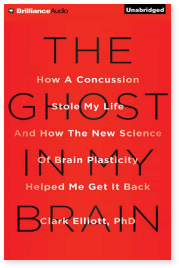
"Zelinsky fit Elliott with a series of eyeglasses designed to improve the perceptual damage that made his life so difficult... Getting fitted for Zelinsky's eyeglasses is like no eye appointment you've ever had... Now, Elliott says, he is almost entirely symptom-free, able to problem-solve, multi-task and find his way easily — all abilities he lost in the auto accident in 1999. When he put on his Phase VI glasses he felt something that he hadn't felt for years: "I felt normal."
Review: 'The Ghost in My Brain'
The Chicago Tribune

"One brilliant Chicago-area optometrist I know, Deborah Zelinsky OD, FNORA, FCOVD, has developed a unique, patented, easy-to-administer evaluation called the Z-Bell Test. This test measures the efficiency of integration between visual processing and listening....A 2014 study at Vanderbilt University found that children with autism do not synchronize their seeing and hearing...I have watched Dr. Zelinsky administer this test to disbelieving colleagues, who were astounded by its accuracy and results...Over the past two decades, The Z-Bell Test has become internationally recognized by the scientific community.”
Patricia S. Lemer,
Licensed Professional Counselor (LPC)
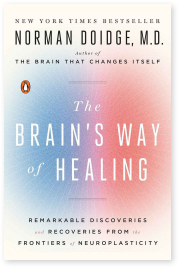
"I visited Dr. Zelinsky, and she showed me how she can use optical lenses to alter sensory filtering, by directing light to different retinal cells and brain circuits. This can influence activity in the brain and the hypothalamus to better regulate body chemistry, sensory integration, and even some auditory processing. [Dr. Zelinsky] works frequently with patients working with learning and cognitive disorders as well as TBIs."
Norman Doidge, M.D.
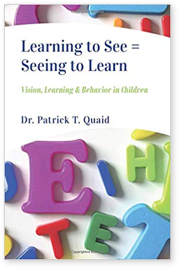
"I was delighted to have Dr. Zelinsky personally contribute to the book. Her wealth of knowledge in the area of visual development and visual processing is widely known, not just through her contribution of eye-care to the author of “The Ghost in My Brain”, but also via her Mind-Eye Institute and the lectures and training their provide. Dr. Zelinsky is not just colleague and a friend, but also a valued member of the neuro-optometric community and an invaluable bridge to other allied professions treating brain injuries. Her contribution to the book is deeply appreciated."
Dr. Patrick Quaid, MCOptom, FCOVD, PhD
Ready to Start Your Journey?
Ready to Start Your Journey?
A 30-minute phone call with a new patient advocate will provide you everything that you need to know to get started.
A 30-minute phone call with a new patient advocate will provide you everything that you need to know to get started.
